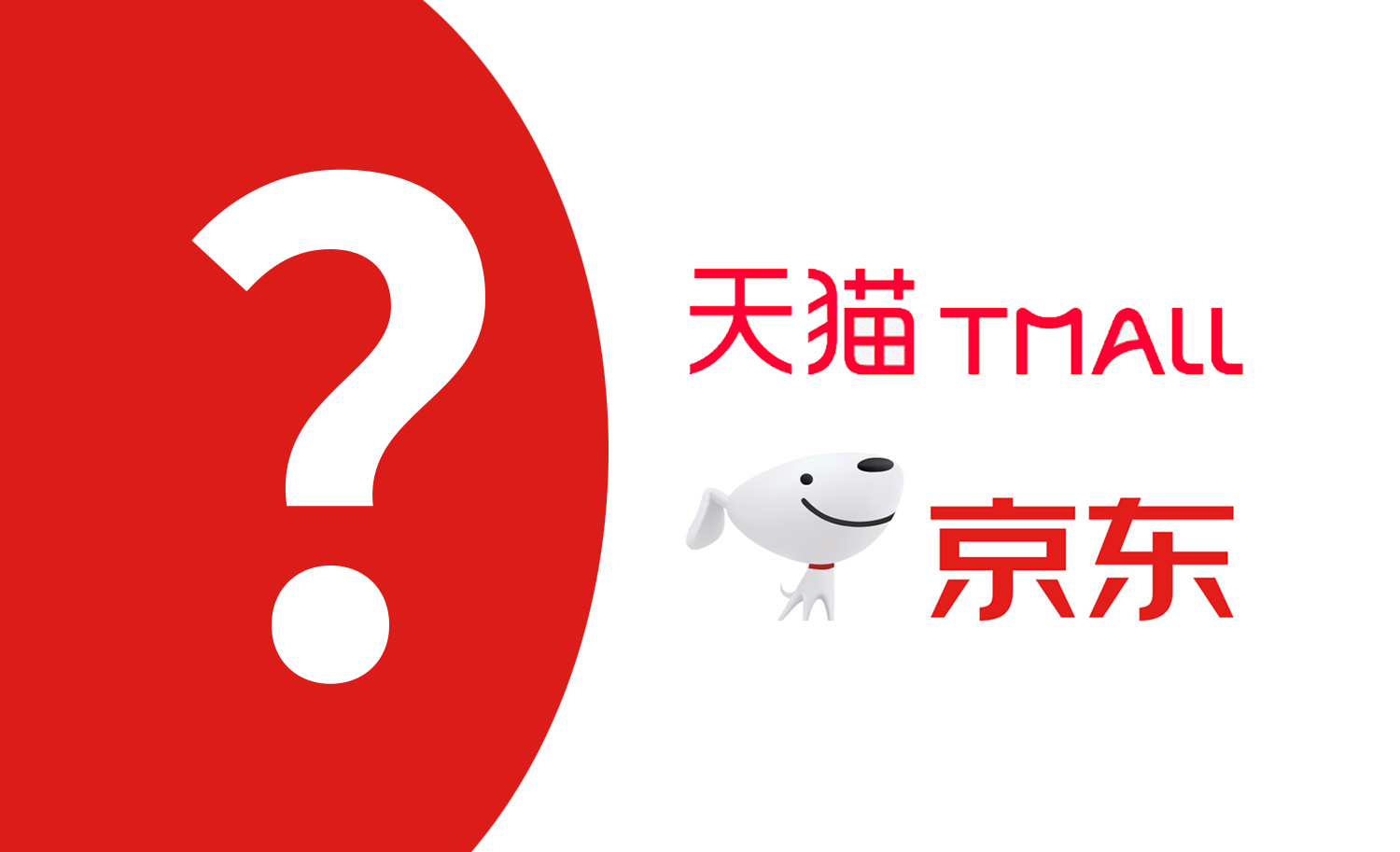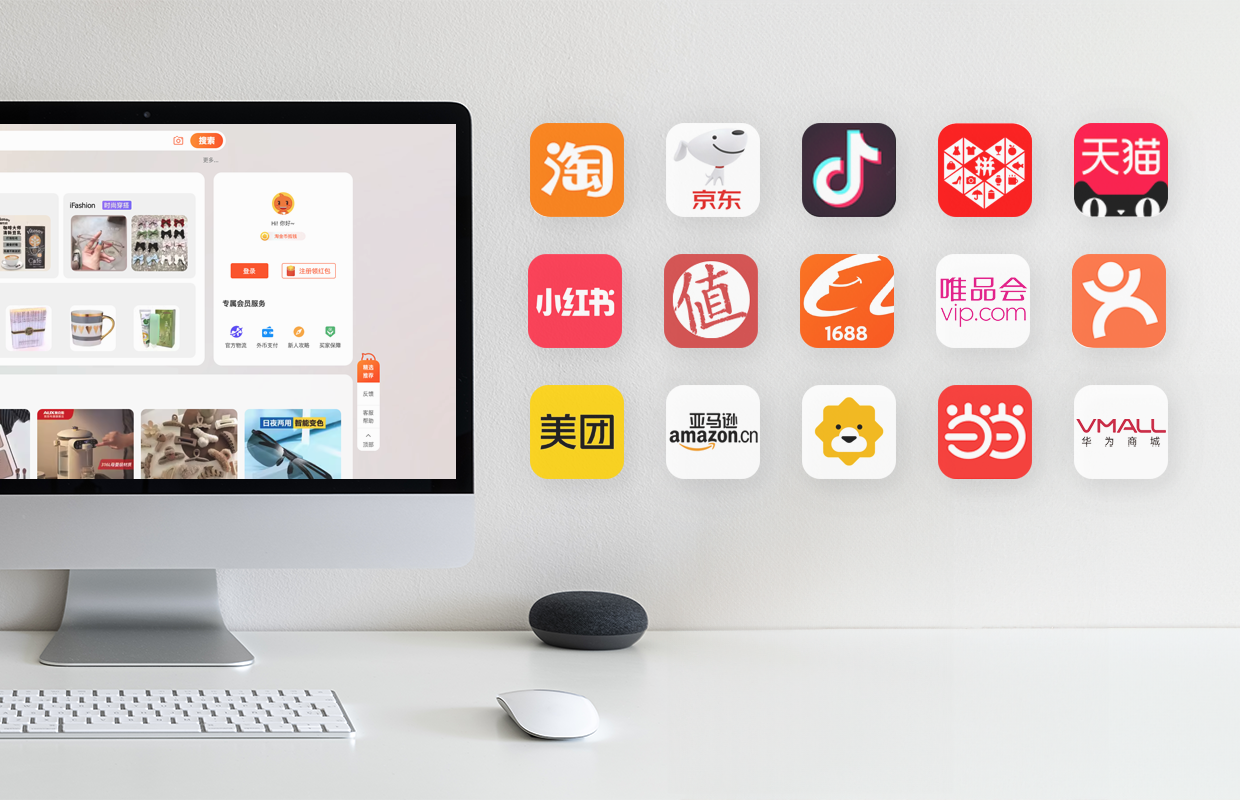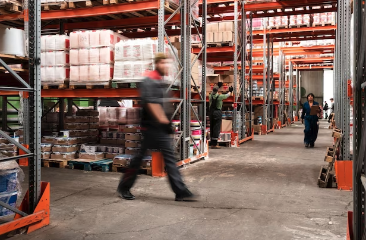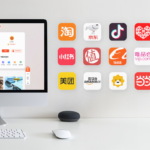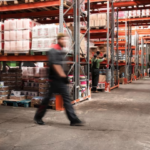Fashion is a booming industry in China. Where once brands were cautious about IP infringement and copies, now they're feeling secure in the country's legal protections and are excited about the economic opportunities it offers. A huge consumer base is a feature of any potential China market segment. But coupled with this is an increasing passion for fashion.
Companies worldwide are taking note of this sudden wind-change. Some 51% of the top 45 global fashion brands tracked by Gartner L2 have flagship stores on Alibaba's Tmall store alone. Meanwhile, other behemoth brands like Gucci prefer to run their own brand store off such marketplaces. But this is a tactic only the true giants can effectively pursue - in general, Chinese consumers overwhelmingly prefer marketplaces.
In this article, we take a look at five marketplaces with their own angles and advantages. Each follows a somewhat different approach or has something different to offer. And each is popular enough to be worth foreign brands paying attention to.
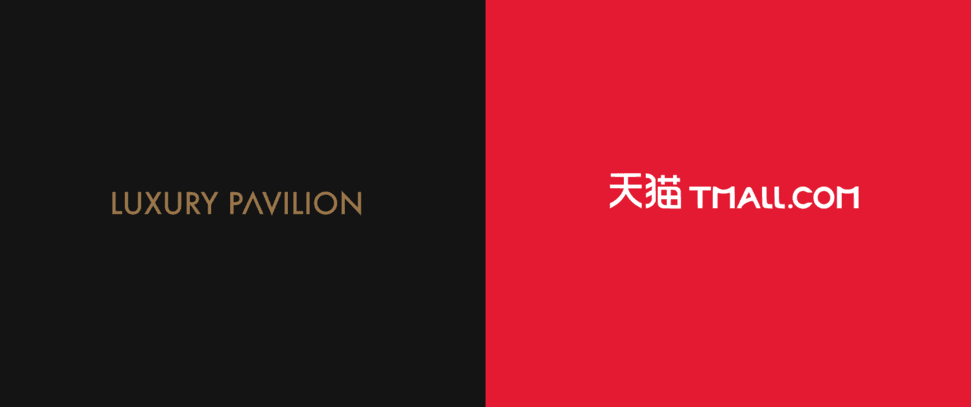
Tmall's Luxury Pavilion: A Premium Powerhouse
As any observer knows, Alibaba's eCommerce ecosystem is top dog in China. Its interconnected platforms include second-hand C2C marketplace Xianyu, small-business focused Taobao, retail-oriented Tmall, and Alibaba's international B2B platform. The company's popular eWallet Alipay connects them all, in addition to listings cross-posted between them, and items on one marketplace appearing in the search results of another. Sales-wise, even major rival JD has a tough time keeping up. In December 2020, sales of women's apparel alone reached 141,263,364 on Tmall.
Launched in 2017, Tmall's Luxury Pavilion is a curated, dedicated section for connecting consumers with luxury, premium brands. It covers a wide range of luxury product categories, but fashion is one of the key pillars. Smelling opportunities, large foreign brands such as Burberry were quick to hop on board.
The luxury segment has been climbing steeply in China. The middle class is growing, disposable income is expanding, and younger consumers are increasingly interested in luxury-spending. This demographic sees famous foreign brands as prestigious, and their items have become status symbols as well as fashion statements. Luxury Pavilion represents a major opportunity and a key battleground for any luxury fashion brand looking to capitalize on this growing market segment in China.
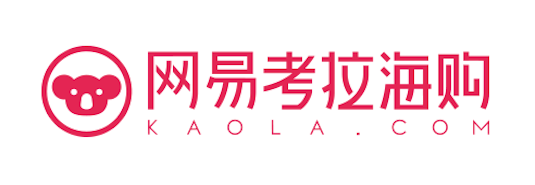
Kaola: Cross-Border Specialist
Kaola has proved to be something of a rising star over the past few years. Today, it stands as the major rival to Tmall Global when it comes to cross-border eCommerce in China. This specialized cross-border platform is a natural home for fashion products. This is because of the strong association in the minds of Chinese consumers between fashion and overseas brands.
To facilitate its business, Kaola operates China's largest network of bonded warehouses. Brands are also free to handle their own logistics and imports, but taking advantage of this strength of the platform is advised. Kaola has also earned a reputation for helping niche and specialist fashion brands to stand out and succeed in China. One example would be Kidiliz, a children's fashion brand from France. Not long after Kidiliz launched on Kaola it had already announced plans to expand its China entry further.
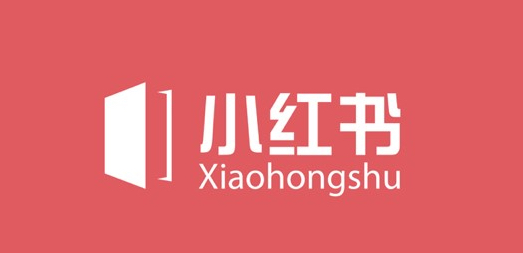
Xiaohongshu, Yitiao, & Lookstore: Media-Platform Integration
These three platforms have all experimented with hybrid models and thrived as a result.
Xiaohongshu began as a social media community where young consumers would share their latest purchases and thoughts on these products. This later expanded into products being offered for sale on the platform itself, with a reviews system and place to post pics already being in place.
Yitiao, meanwhile, is a lifestyle-focused video platform that opened up to allow brands to sell directly to its userbase of engaged consumers. The platforms has a quality focus, rather than merely attempting to open up to as many sellers as possible. This has kept its userbase loyal and enthusiastic about the eCommerce side of things.
Lookstore is the eCommerce side of content blogging platform Look. Boasting hundreds of fashion brands and interconnections with eCommerce platforms at home and abroad, Lookstore has succeeded by offering a diverse range that caters to all tastes. Its content focus means that readers get a real sense of the products before they are given easy access to making quick direct purchases.


